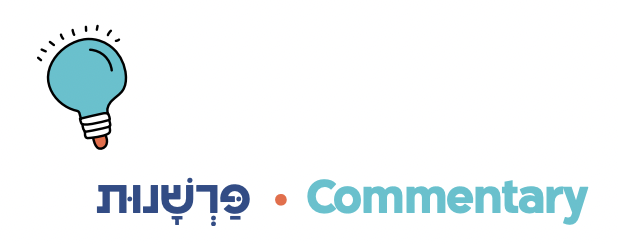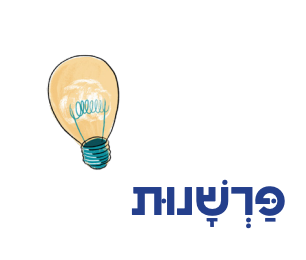
Commentary פַּרְשָׁנוּת
One of the korbanot described in the parashah is called שְׁלָמִים (shelamim). Unlike some other korbanot which were either totally burned on the מִזְבֵּחַ (mizbei’ah, altar) or eaten by the כֹּהֲנִים (kohanim, priests), a shelamim was divided—some was burned on the mizbei’ah, some was given to the kohanim, and some was eaten by the people who brought it. It was like a shared meal of roasted meat.
Someone would bring a shelamim either in the moment (often on holidays like Sukkot) or because they made a נֶדֶר (neder, promise) to bring one.
Why is this korban called shelamim? Here are two perspectives:
שְׁלָמִים שֶׁיֵּשׁ בָּהֶם שָׁלוֹם לַמִּזְבֵּחַ וְלַכֹּהֲנִים וְלַבְּעָלִים.
They are called shelamim because they bring shalom (peace) to the mizbei’ah, and to the kohanim, and to the person bringing the korban.
וְצָרִיךְ לְשַׁלֵּם אֶת נְדָרָיו שֶׁהוּא לְשׁוֹן תַּשְׁלוּמִים.
You need to complete your neder, so it is related to the word tashlumim (completion).
- What is particularly “peaceful” about the special ways a shelamim is brought and eaten?
- Is there a difference between bringing a shelamim in order to fulfill a promise you made a while ago and bringing it a bit more spontaneously? What were these different experiences like?
- What’s the connection between peace and completion? In what way does making peace make a group of different people more complete? In what way does having peace make an individual more “complete” as a person?
- Another meaning of tashlumim is “payment.” In what way can a shelamim be a payment? A payment for whom?
-------------------





